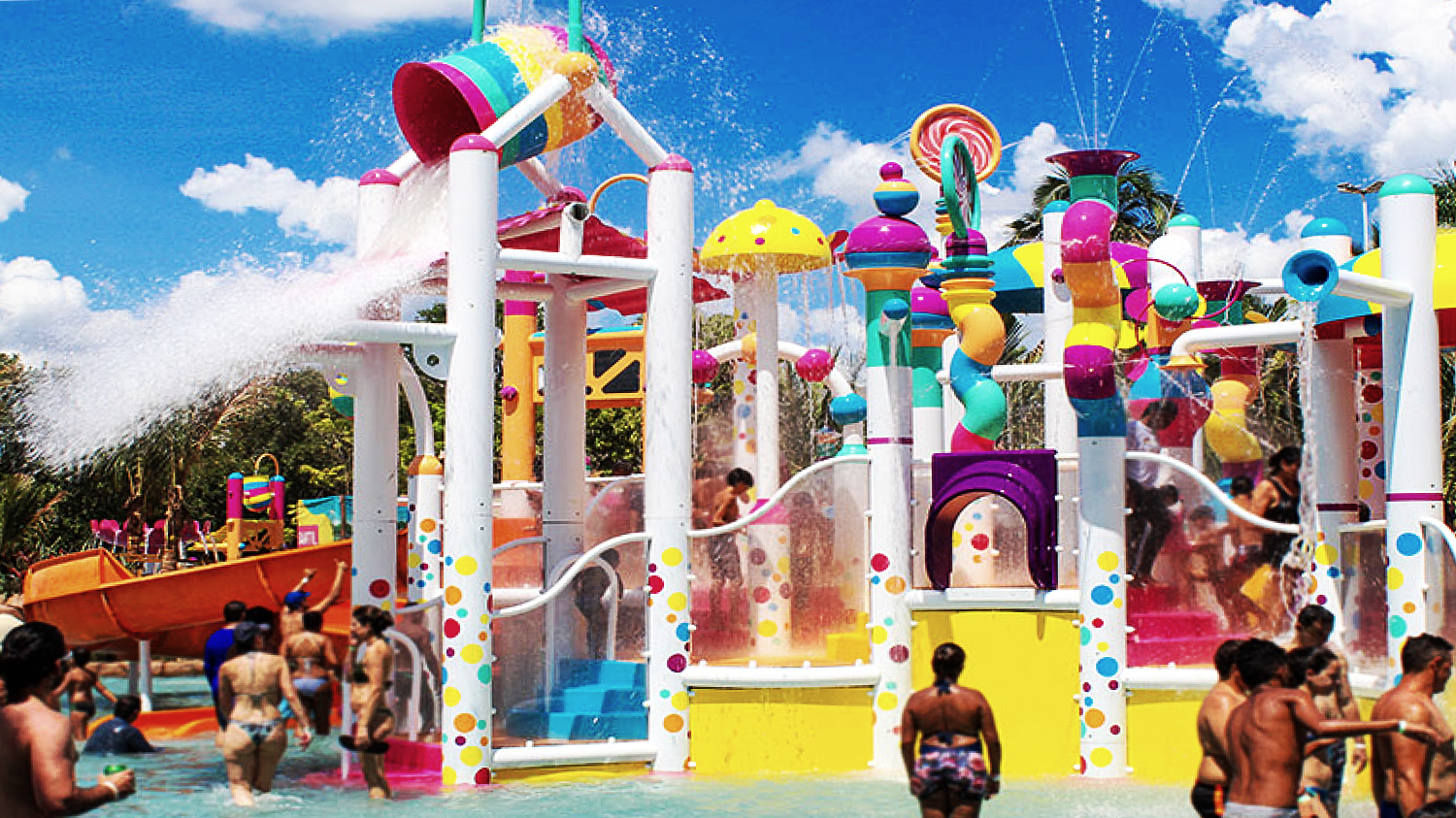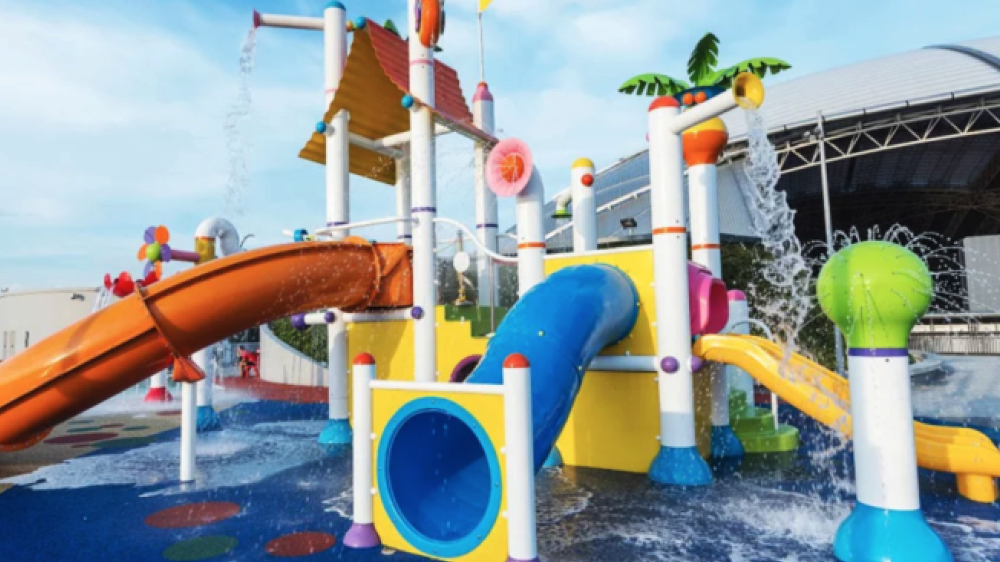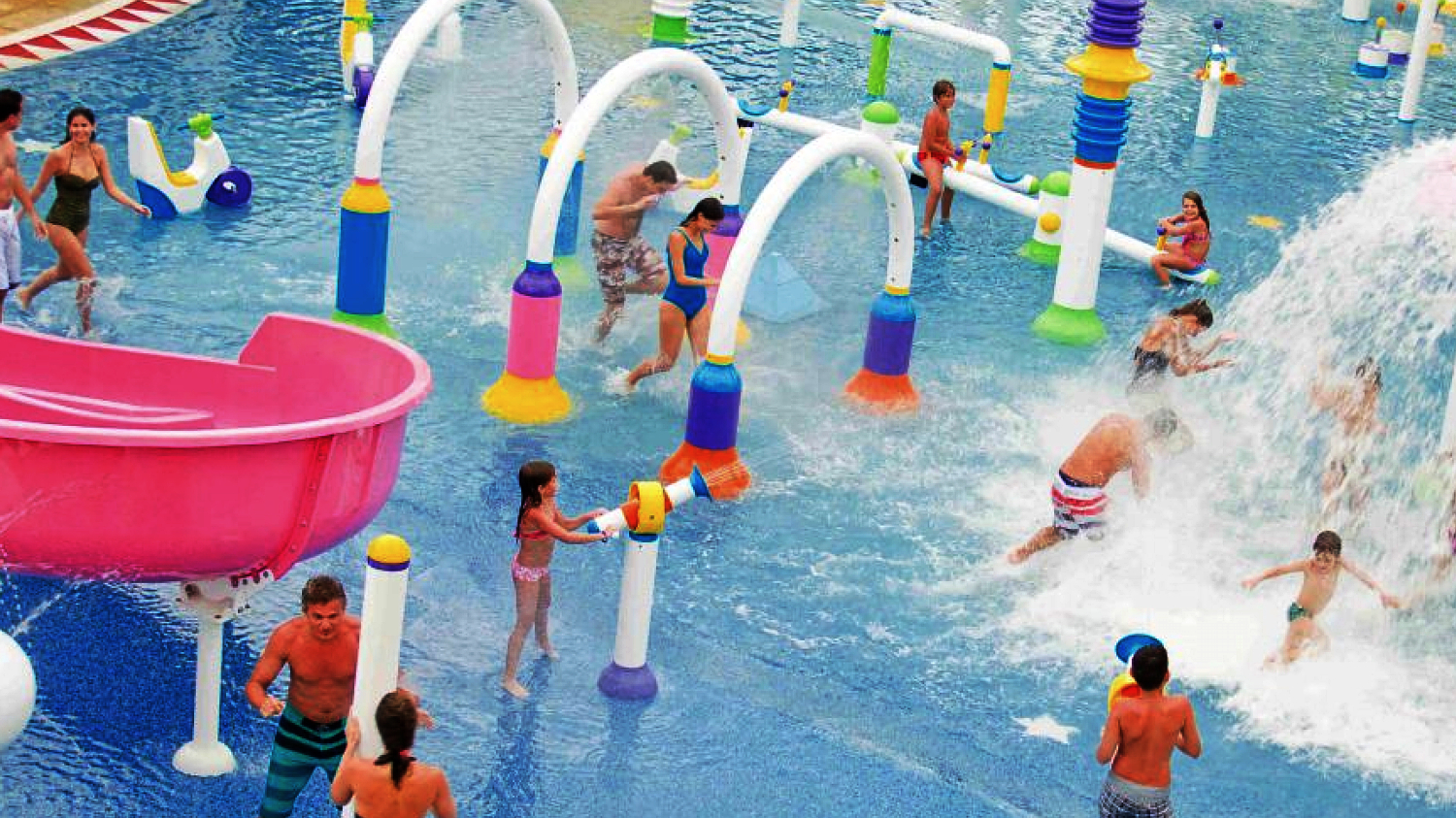What to Expect When Opening a Spray Park During COVID-19 | July 9th, 2020
July 9th, 2020
Summer’s here and, as COVID-19 quarantine restrictions are easing in many locations, splash pads and spray parks are opening, especially in areas facing heatwaves.
The Centre for Disease Control (CDC) in the United States has reported that there’s no evidence that coronavirus spreads through water in pools, hot tubs, spas or water play areas when the water is properly treated.
The CDC states: “Proper operation and maintenance (including disinfection with chlorine and bromine) of these facilities should inactivate the virus in the water.”
6 Steps to Consider When Opening a Spray Park During COVID-19
Run Through Your Maintenance & Opening Checklists – Even if your splash pad opened before coronavirus quarantine restrictions were imposed, go through all your opening and regular maintenance procedures again before reopening to make sure your spray park equipment is safe to use.
Strictly Enforce Your Water Testing and Treatment Procedures – While the CDC’s findings are encouraging, you should take every precaution to ensure the safety of the water in your spray park.
Engage Parents and Caregivers – Early reports from splash pads that have opened confirm that it is virtually impossible to enforce social distancing guidelines for children at play. Encourage parents and caregivers to do what they can to keep their children safe while using your facilities. This includes not only while children are playing, but when they are using other common facilities, like washrooms and change rooms.
Outline Social Distancing Spaces – By outlining social-distanced spaces in the common areas around your splash pad, you not only show your patrons where to safely stand or site while using your facility, but you reinforce a social-distancing mentality.
This can take the form of socially-distanced circles on grass and parkland, and lines painted in waiting areas for any food and refreshment concessions in the park.
If you have formal seating areas, make sure they are spaced so your guests can remain at least two metres ( six feet) from each other. If your setting is fastened to the deck, you may need to remove some seating to accomplish this. Remember, children don’t always stay seated!
Open in Phases – Water parks that have reopened in other parts of the world have done so in phases that are mainly based on limiting capacity. If you open at full capacity, you immediately subject your park to a maximum workload.
But, considering that no one can predict the challenges you’ll face, or the actions you’ll need to take to ensure everyone’s safety, it makes sense to open at less than capacity.
That gives your staff and patrons time to understand and practice social distancing and other procedures to stay safe. Plan to open at 30% to 50% capacity. Then, if everything goes well for a period of time, you can move on to phase two, maybe at 75% capacity.
If you do not have enough space in your park to operate at full capacity while giving everyone enough space to social distance, then make your final phase the maximum capacity you can safely manage.
Be Prepared to Shut Down – With the risk of subsequent waves of coronavirus infections a real possibility at any time, you should have plans in place to close your facility, even a moment’s notice. Inform your employees of the potential for closing the park quickly and develop procedures for doing so in a safe, orderly fashion.
– Recent News Posts –
Call Toll Free: 1.866.833.8580
– General Themes –





